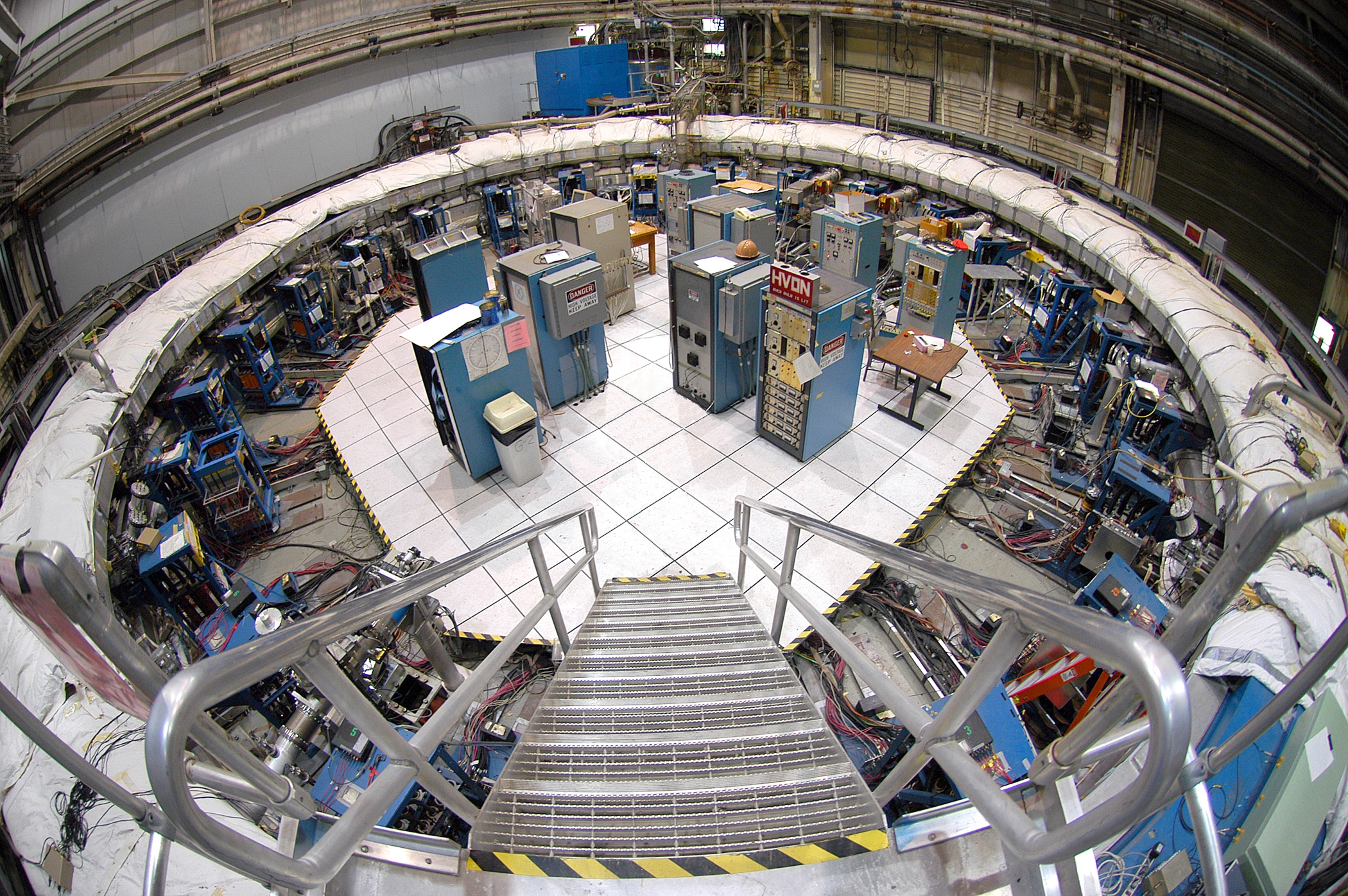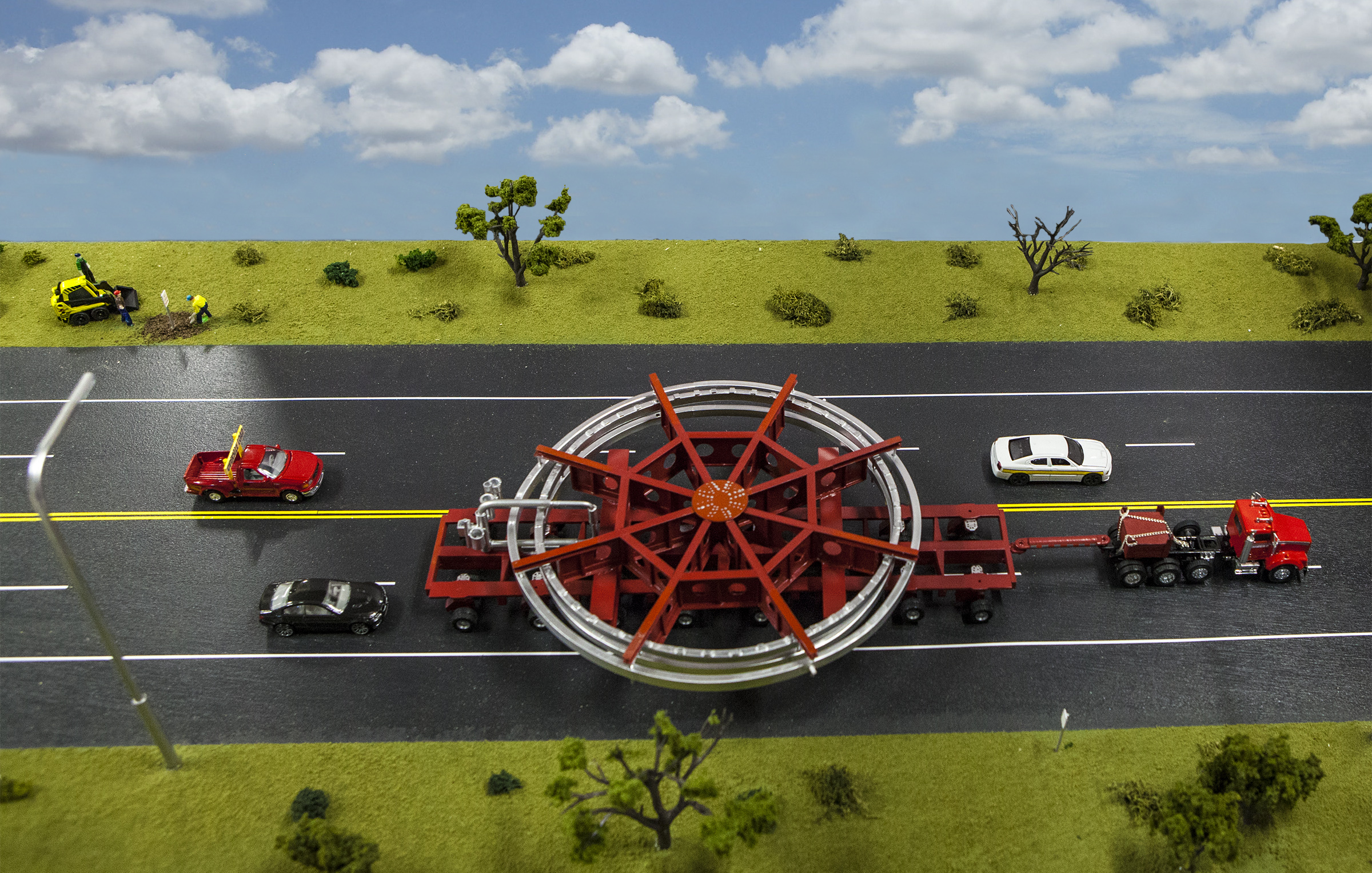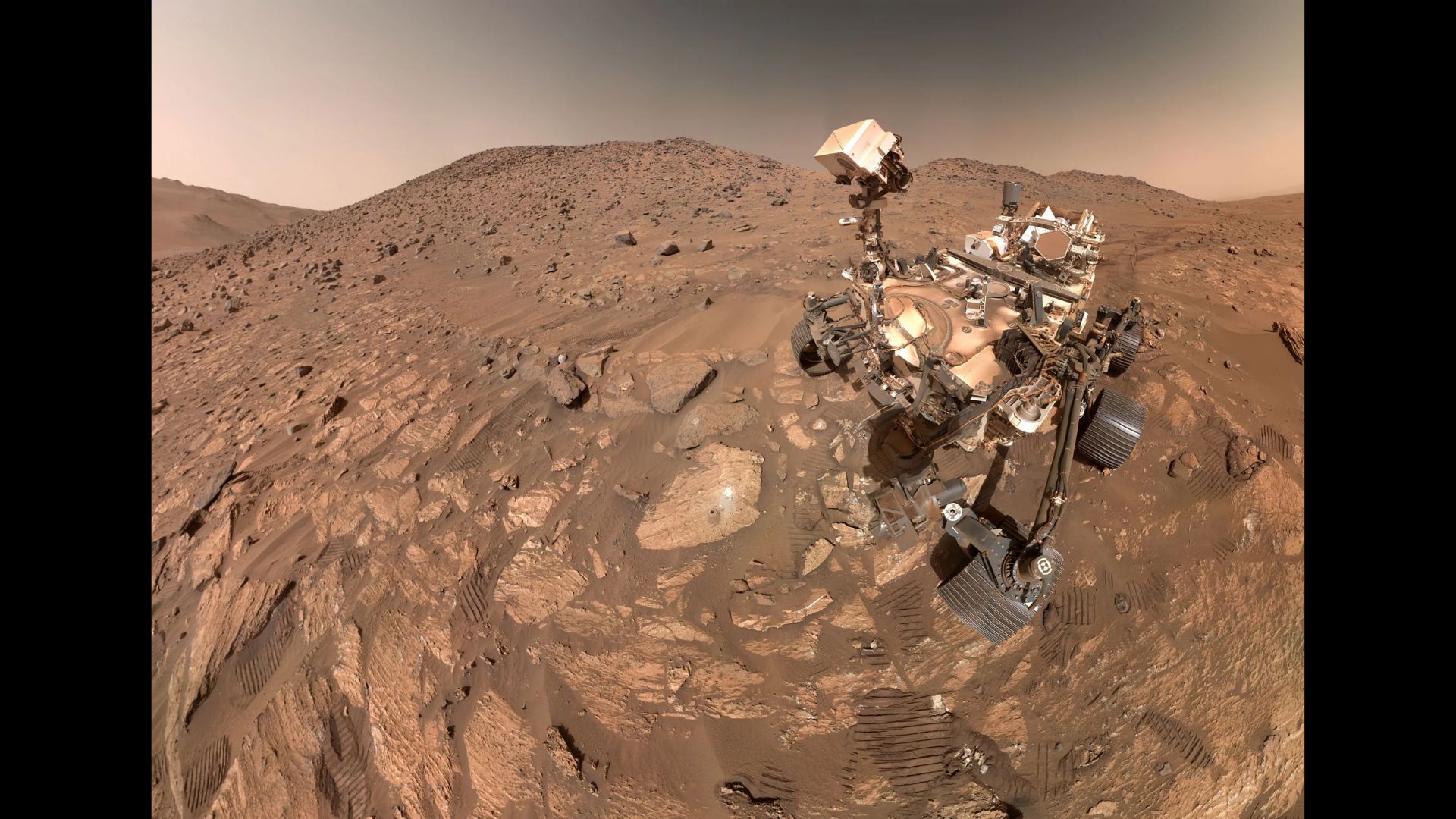Giant Particle Storage Ring Set for 3,200-Mile Trek

A particle storage ring spanning 50 feet (15 meters) in diameter is set to go on a long cruise this summer, from New York to Illinois, where it will get a new life capturing ultra-rare particles in a magnetic field.
The huge electromagnet, made of steel and aluminum, is the centerpiece of a machine built at Long Island's Brookhaven National Laboratory in the 1990s. Now it's needed at Fermi National Accelerator Laboratory outside of Chicago for a study on muons, exotic subatomic particles that exist for just 2.2 millionths of a second.
While most parts of the machine can be broken down and shipped halfway across the country in parts, the huge but delicate ring needs to go in one piece. One wrong tilt or twist could irreparably damage the complex wiring inside. [Images: Inside the World's Top Physics Labs]
The slow and circuitous journey will take place by barge, with the electromagnet hauled down the East Coast, around the tip of Florida and up the Mississippi River to Illinois. A specially built truck will be used for the land legs on both ends of the 3,200-mile (5,150 kilometers) trip. The ring will travel the roads only at night and at speeds of just 10 mph (16 km/h) when it goes from lab to port and then port to lab.
Brookhaven officials said in a statement that they expect the trip to start in early June and end in late July.
"It costs about 10 times less to move the magnet from Brookhaven to Illinois than it would to build a new one," Lee Roberts of Boston University said in a statement. "So that's what we're going to do. It's an enormous effort from all sides, but it will be worth it."
Roberts is a spokesperson for the Muon g-2 experiment that's set to set to start in 2016 and will involve 26 institutions around the world. In experiments at Brookhaven in the 1990s, scientists found some evidence that muons were reacting differently than scientists expected them to when placed in a magnetic field. They couldn't definitively prove their findings at the time, but that could change with muons created in Fermilab's accelerators and stored in the Brookhaven-built ring.
Get the world’s most fascinating discoveries delivered straight to your inbox.
"Fermilab can generate a much more intense and pure beam of muons, so the Muon g-2 experiment should be able to close that margin of error," Chris Polly, project manager for Fermilab, said in a statement. "If we can do that, this experiment could indicate that there is exciting science awaiting beyond what we have observed."
Follow Megan Gannon on Twitter and Google+. Follow us @livescience, Facebook & Google+. Original article on LiveScience.com.




